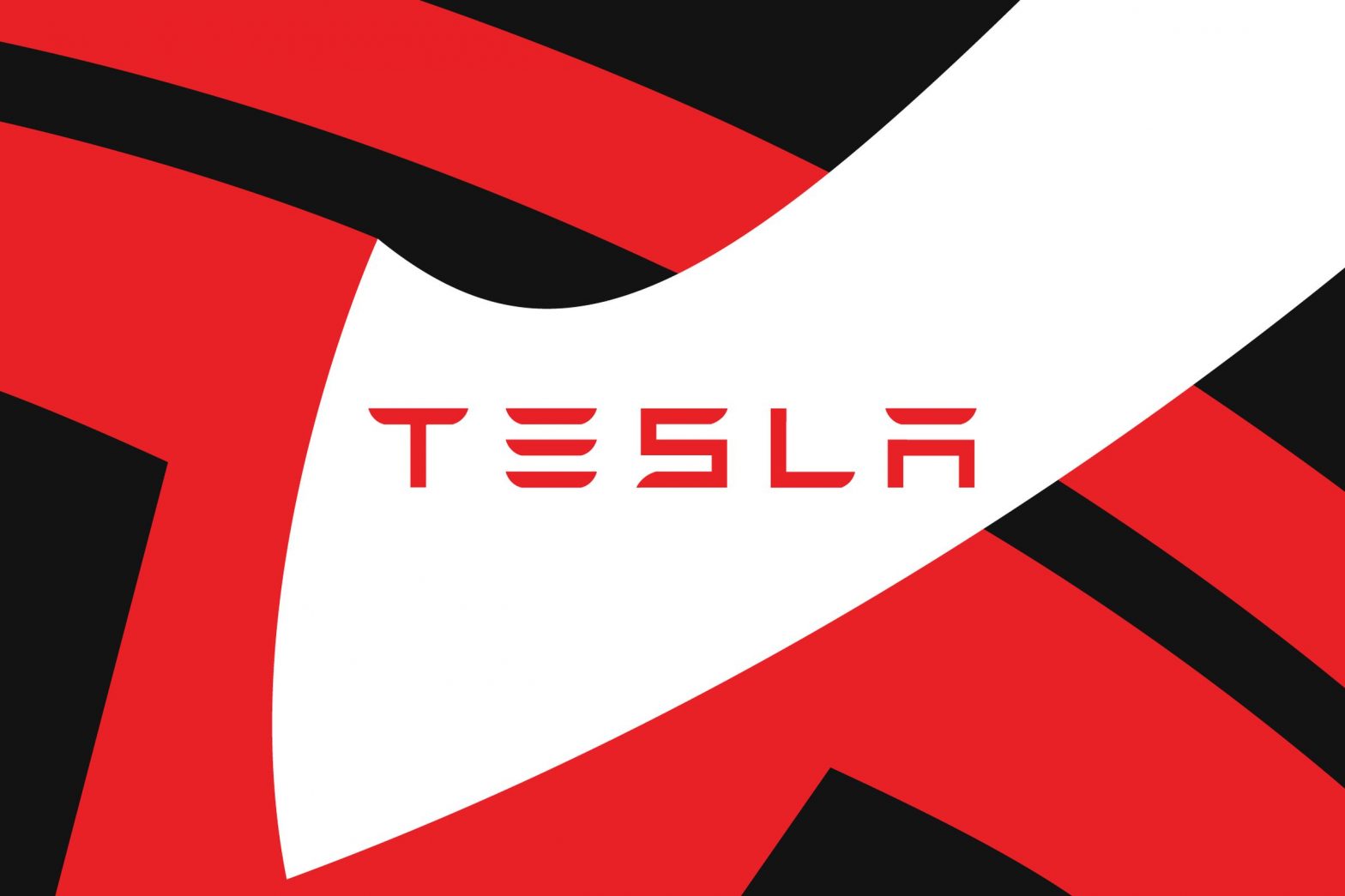/
NHTSA pushed Tesla to update its driver assist software so that it doesn’t break traffic laws before drivers can react.
:format(webp)/cdn.vox-cdn.com/uploads/chorus_asset/file/23986647/acastro_STK086_02.jpg)
Tesla will recall nearly 363,000 vehicles equipped with the company’s controversial Full Self-Driving (FSD) software after the top federal safety agency identified the driver-assist program as a “crash risk.”
Tesla issued a recall notice for the following vehicles equipped with FSD beta based on a directive by the National Highway Traffic Safety Administration (NHTSA): 2016-2023 Model S and Model X, 2017-2023 Model 3, and 2020-2023 Model Y. The recall means that Tesla will push out an over-the-air (OTA) software update, free of charge, to address the issues identified by NHTSA.
Documents filed regarding the recall (included below) don’t call out specific incidents, but NHTSA’s concerns are listed as focusing on four specific situations that can happen on the road, like navigating intersections during a “stale” yellow light, how long cars stop at a stop sign when the intersection is clear, how they adjust speed while driving in areas where the speed limit is changing based on road signs the car detects and settings put in place by the driver, and how the cars change lanes to get out of a turn-only lane.
NHTSA’s advice to Tesla was delivered on January 25th, and Tesla said that last week it decided to implement a voluntary update to address the issues. To be sure, Tesla is not required to remove FSD from any vehicles, nor do the vehicles need physically be recalled or brought in to a dealership. (Good thing, because Tesla doesn’t have dealerships in the traditional sense.)
As an early leader in connected car technology, the company will simply push out an OTA software update to fix the problems identified in NHTSA’s request. Tesla writes, “The OTA update, which we expect to deploy in the coming weeks, will improve how FSD Beta negotiates certain driving maneuvers during the conditions described above.”
Tesla hasn’t issued any formal statement on the recall, but Elon Musk posted on Twitter about his disdain for the word “recall.”
According to Tesla, it has identified 18 warranty claims received between May 2019 and September 2022 that may be related to the conditions described, and the notice says it is “not aware of any incidents or deaths that may be related to such conditions.”
NHTSA has been investigating Tesla’s driver-assist technology for several years, focusing specifically over a dozen incidents in which Tesla vehicles equipped with Autopilot crashed into stationary emergency vehicles. That investigation is much more expansive, covering up to 830,000 vehicles.
This most recent request arrived a couple of weeks after NHTSA requested additional information on an Elon Musk tweet saying Tesla might add an option to remove the nag prompting drivers to keep their hands on the steering wheel.
All Tesla vehicles today come standard with a driver-assist feature called Autopilot, which works on highways. For an additional $15,000, owners can buy the Full Self-Driving option, which Musk has repeatedly promised will one day deliver fully autonomous capabilities to Tesla vehicle owners. To date, FSD remains a “Level 2” advanced driver-assistance system, meaning the driver must stay fully engaged in the vehicle’s operation while in motion.
:format(webp)/cdn.vox-cdn.com/uploads/chorus_asset/file/10228149/jbareham_180213_2301_0149.jpg)
FSD, which recently became available to everyone in North America who has purchased the option, allows users to access Autopilot’s partially automated driver-assist system on city streets and local roads. FSD-equipped Tesla vehicles will speed up and slow down on their own, make turns — including unprotected left turns, which are extremely difficult for automated systems — and recognizes traffic signals and other road signs.
Last year, Tesla issued a similar recall for its beta software package to disable an autonomously governed “rolling stop,” but this one is more detailed. It also follows an eight-car pileup in the Yerba Buena Island Tunnel, where a Tesla unexpectedly braked, setting off a chain-reaction pileup. There have been complaints about “phantom braking” incidents that NHTSA was known to be looking into, but those aren’t specifically listed here.
For years, regulators and safety experts have implored Tesla to add better safeguards to its cars. Musk has even admitted that crashes involving Autopilot stem from complacency but previously rejected his own engineers’ calls to add more robust driver monitoring to the company’s cars. Musk said at the time that the tech was “ineffective.”
— With additional reporting by Andrew J. Hawkins
Update February 16th 2:44PM ET: Updated to include more details about Autopilot, FSD, and Tesla’s over-the-air software updates. Also to include a tweet from Elon Musk.
